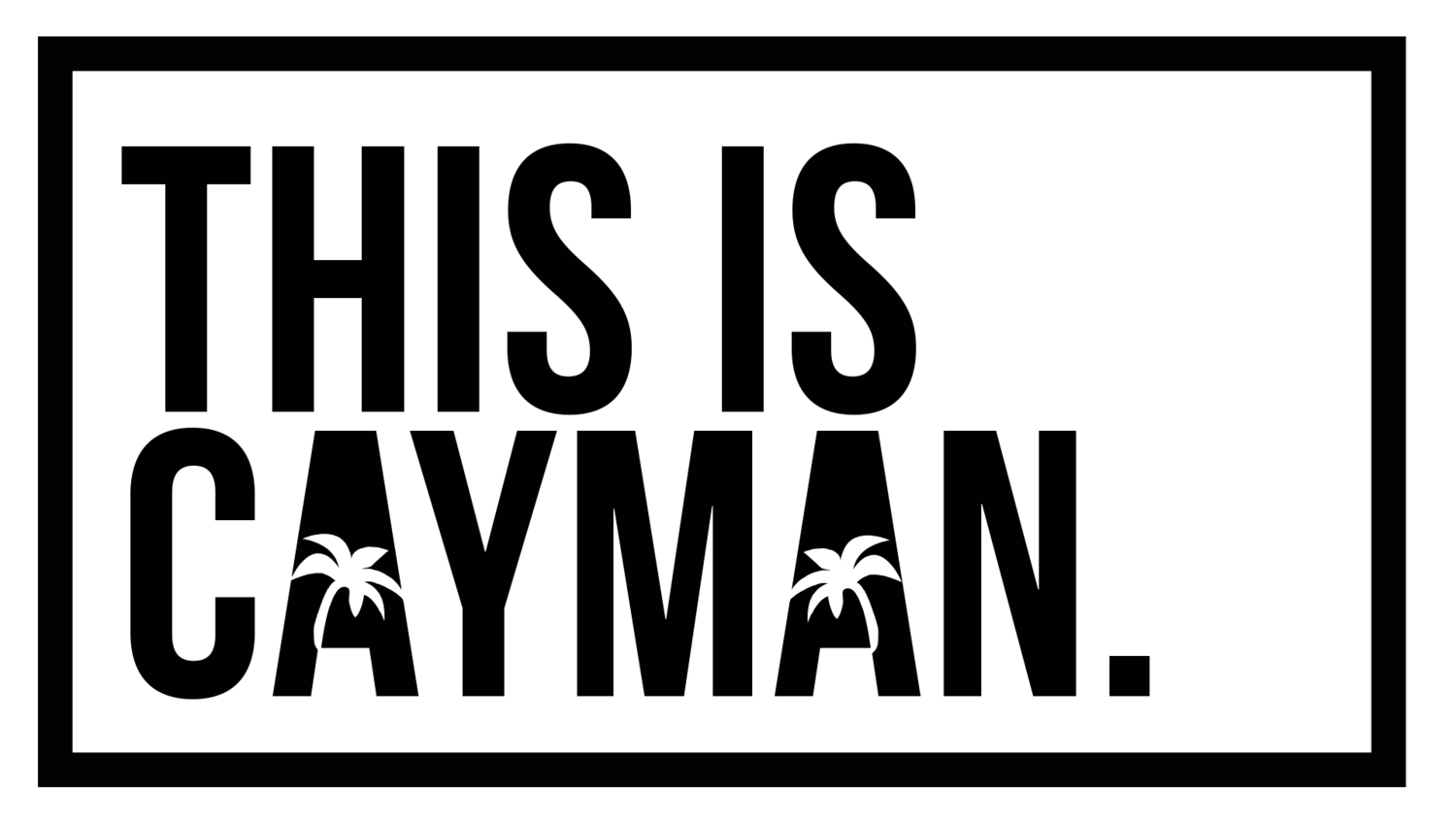The Cayman Islands, though rich in heritage and culture, do not boast many heritage sites, in fact, there are very few. Cayman was a country originally settled in 1658 by soldiers, pirates, refugees and shipwrecked sailors and until the mid-1970s had very few inhabitants. That being said, what the Cayman Islands lack in quantity, they most certainly make up for in quality.
Below we have compiled a shortlist of interesting Caymanian cultural attractions worth a visit during your stay on Grand Cayman.
Wreck of the Ten Sail
On 8 February 1794 at the East End of Grand Cayman, a major maritime accident is said to have been the cause of Grand Cayman Island's tax-free financial status. Allegedly, ten ships that had formed part of a convoy en route to the United States and Britain from Jamaica, were shipwrecked on Caymanian reefs. According to sources, Grand Cayman's local folk braved stormy waters in an attempt to rescue passengers and crew that had been aboard the shipwrecked vessel. Today, a stone monument and plaque commemorate these events and the bravery of the local Caymanian community. You can find the Wreck of Ten Sail on Austin Conolly Drive.
Miss Lassie's House
Another popular cultural site to visit is 'Mind’s Eye – the Visionary World of Miss Lassie' in South Sound, or as it's known to the locals: 'Miss Lassie's House', a house decorated with the renowned artist and homeowner's artistic depictions of her religious visions and dreamscapes. After the homestead was restored by the Cayman National Cultural Foundation (CNCF) to its former glory, Miss Lassie's homestead was placed on the 2012 World Monument Watch List of endangered world heritage sites alongside such greats as the Great Wall of China, the Taj Mahal and the Valley of the Kings. Though some thought Gladwyn Bush, aka Miss Lassie, a madwoman, the 89-year-old eccentric who painted her visions on these walls, will go down in history as a cultural legend of Grand Cayman. Visit Miss Lassie's House on South Church Street, George Town.
Photo by Cayman compass ft Audrey Rogers.
Davinoff’s Concrete Sculpture Garden
Davinoff's Concrete Sculpture Garden in Grand Cayman houses a multitude of towering Cayman-themed sculptures. The garden is filled with concrete statues and sculptures of intricately crafted, lifelike animals that are indigenous to the Caribbean. Sculptor David Quasius first started crafting these sculptures many years ago on a visit to the island during his youth. Ever since, during each visit, David has created and shared his creations with the general public. You can find the Concrete jungle of Caymanian creatures on South Church Street, George Town, Cayman Islands.
Pedro St. James Castle
Often termed “the birthplace of democracy” in the Cayman Islands, Pedro St. James Castle was built in 1780 and is set in over seven acres of manicured lawn. In 1835, it was here that they announced to the Caymanian community that slavery had ended in the British Empire. Visit the castle for an informative tour of the ground, a multimedia show or an authentic Caribbean rum tasting at the Outpost bar. Open daily 9am-5pm. Pedro Castle Road, Savannah
Schooner Launch Sites
Caymanians are celebrated craftsman of Schooner vessels, sailing ships crafted from the finest quality tropical hardwoods to combine artistry, usability, and durability. These vessels were traditionally rigged with fore-and-aft sails on their two or more masts. Schooner launching ramps were cut into the iron-shore or coastal rock, and to this day these can be observed in and around central Georgetown. Whenever a Schooner vessel was ready to be launched to sea, the whole of Grand Cayman town would gather ashore to celebrate its maiden voyage.
For more information on Grand Cayman's rich cultural heritage, make sure to visit the National Trust for the Cayman Islands, 558 South Church Street, Georgetown.




